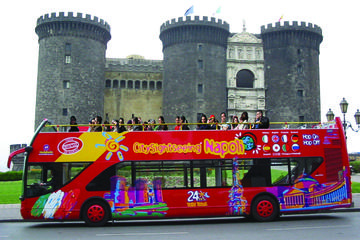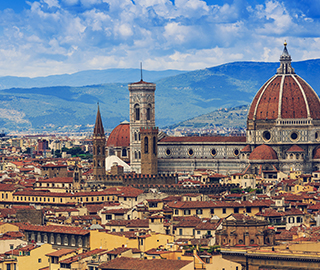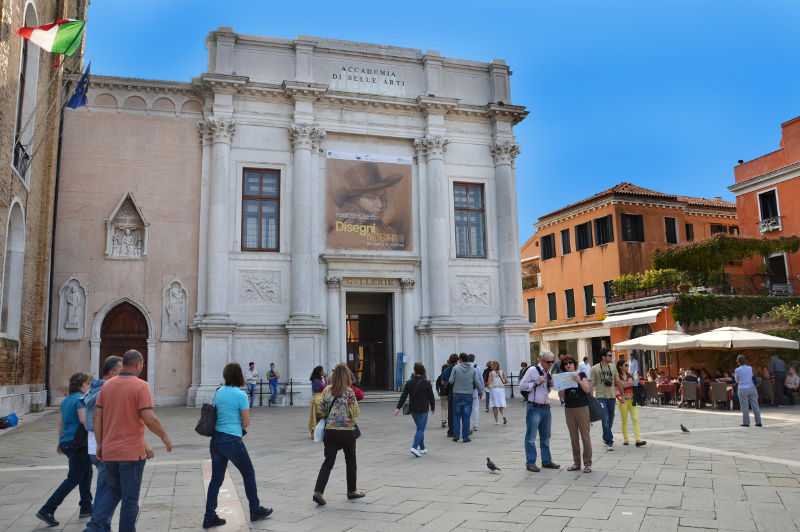The Ultimate Travel Guide to Rome, Italy

The Ultimate Travel Guide to Rome, Italy
The Eternal City, a sprawling, layered metropolis where history, art, and la dolce vita converge. Rome is not merely a city to visit; it is an experience to be lived. From the awe-inspiring ruins of the Roman Empire to the breathtaking masterpieces of the Renaissance and the vibrant life of its piazzas, Rome offers an unparalleled journey through time.
Introduction to Rome
Rome, the capital of Italy, is located in the central-western portion of the Italian Peninsula, on the Tiber River. With a history spanning over 28 centuries, it was the heart of the Roman Republic and Empire, later becoming the center of the Catholic world. Today, it is a bustling global city and a UNESCO World Heritage site, blending its ancient foundations with a modern, dynamic culture.
Top Attractions & Landmarks
The Colosseum (Colosseo)
The iconic symbol of Rome, the Colosseum is the largest amphitheater ever built. Constructed between 70-80 AD under the Flavian emperors, it could hold an estimated 50,000 to 80,000 spectators who gathered to watch gladiatorial contests, animal hunts, and mock naval battles.
The Roman Forum (Foro Romano)
Adjacent to the Colosseum, this sprawling archaeological site was the political, religious, and commercial center of ancient Rome. Walking through its ruins—including the Temple of Saturn, the Arch of Titus, and the House of the Vestal Virgins—offers a profound sense of walking in the footsteps of emperors and citizens.
The Palatine Hill (Palatino)
One of the seven hills of Rome, this is where Romulus supposedly founded the city. It later became the most desirable neighborhood for aristocrats and emperors, who built lavish palaces like Domus Flavia. The site offers panoramic views of the Roman Forum and the city.
The Pantheon
A marvel of ancient engineering, the Pantheon was originally a temple to all gods and has been in continuous use since its construction around 126 AD. Its massive dome, with its central oculus (open hole), remains the world's largest unreinforced concrete dome.
St. Peter's Basilica & The Vatican City
Located in the independent Vatican City State, St. Peter's Basilica is the largest church in the world and one of Catholicism's holiest sites. Its magnificent architecture features works by Bramante, Michelangelo (who designed the dome), and Bernini (who created the grand bronze baldachin and St. Peter's Square).
The Vatican Museums & Sistine Chapel
Home to one of the world's greatest art collections accumulated by the popes over centuries. The museums' highlights include the Raphael Rooms, the Gallery of Maps, and the magnificent Sistine Chapel, famed for Michelangelo's ceiling frescoes and "The Last Judgment."
Trevi Fountain (Fontana di Trevi)
A stunning Baroque masterpiece designed by Nicola Salvi. The tradition is to throw a coin with your right hand over your left shoulder into the fountain, which ensures your return to Rome.
Spanish Steps (Scalinata di Trinità dei Monti)
A famous staircase climbing a steep slope between Piazza di Spagna and Piazza Trinità dei Monti. It's a popular spot for people-watching. Note that it is now prohibited to sit on the steps.
Piazza Navona
A beautiful public square built on the site of the Stadium of Domitian. It features three magnificent fountains, including Bernini's Fountain of the Four Rivers (Fontana dei Quattro Fiumi) at its center, facing Borromini's church of Sant'Agnese in Agone.
The Borghese Gallery & Gardens (Galleria Borghese)
Housed in a villa within the vast Villa Borghese gardens, this museum contains a sublime collection of sculptures by Bernini (such as "Apollo and Daphne") and paintings by Caravaggio, Raphael, and Titian.
Suggested Itineraries
Rome in 1 Day (The Whirlwind)
A challenging but possible itinerary focusing on ancient Rome and the historic center.
Rome in 3 Days (The Essential Experience)
A more relaxed pace to absorb the city's main highlights.
Day 1: Ancient Rome & The Heart of the CityColosseum, Roman Forum, Palatine Hill. Afternoon at Capitoline Museums. Evening walk from Piazza Venezia to the Trevi Fountain and Spanish Steps. Day 2: The Vatican
Vatican Museums and Sistine Chapel (morning). St. Peter's Basilica and climb the dome (afternoon). Explore the Prati neighborhood for dinner. Day 3: Baroque Piazzas & Local Life
Pantheon, Piazza Navona, Campo de' Fiori market. Cross the Tiber to explore Trastevere. Visit Santa Maria in Trastevere church.
Rome in 5 Days or More (The Deep Dive)
Allows for exploration beyond the core tourist trail.
Food & Drink
Roman Cuisine Essentials
Roman food is characterized by its simplicity and reliance on high-quality local ingredients.
Pasta Dishes (Primi):
Main Courses (Secondi):
Pizza:
Gelato:
A must-try dessert. Look for gelaterias where the gelato is not piled high and brightly colored—this indicates higher quality and fewer artificial ingredients.


